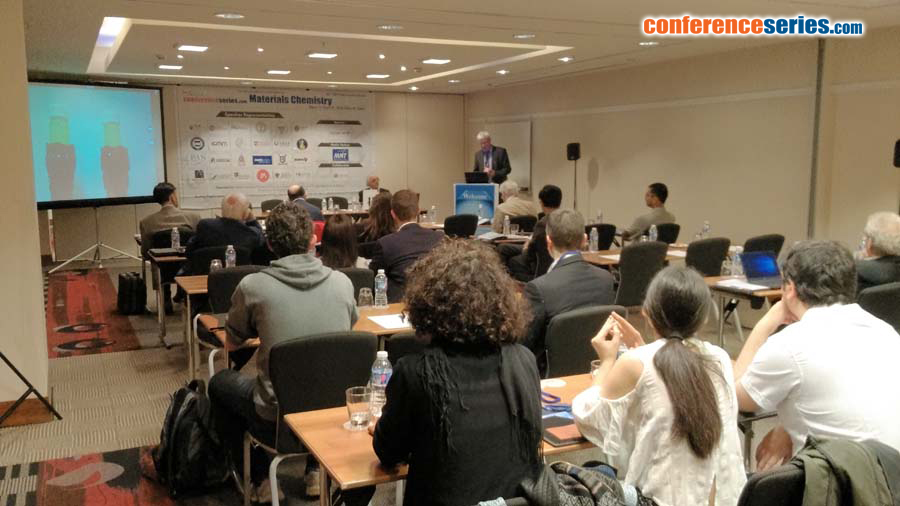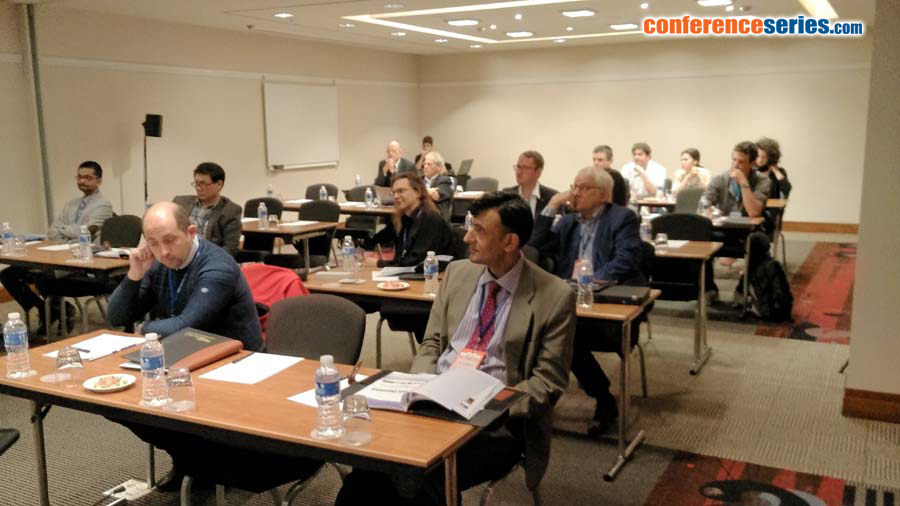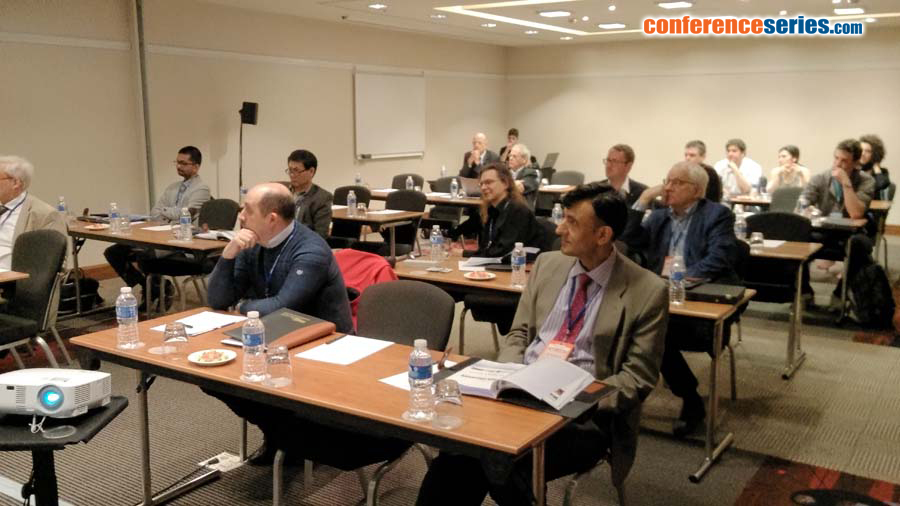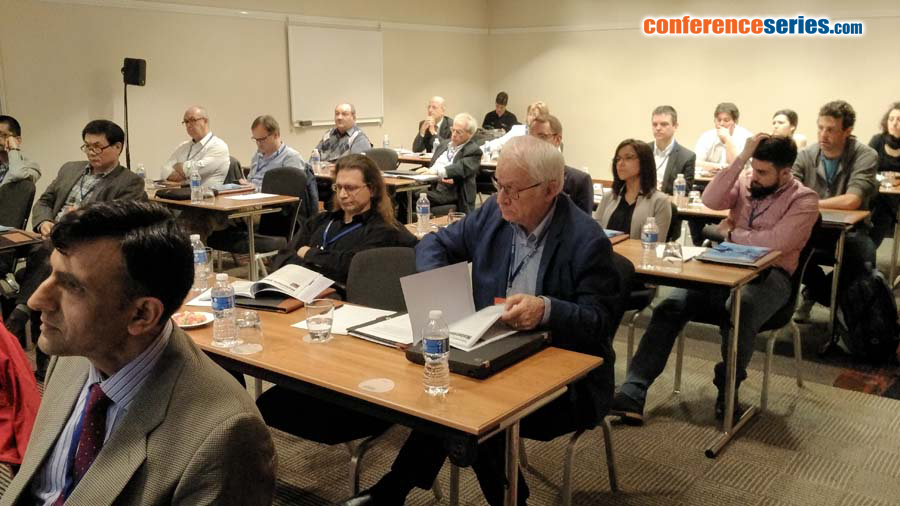
Brijith Thomas
Leiden University, Netherlands
Title: Expanding the NMR palette: Insights on artificial charge separators
Biography
Biography: Brijith Thomas
Abstract
Spurred by worries over climate change, there is increasing interest in mimicking natural photosynthesis for the conversion of solar energy into fuel. The molecular structure and packing of self-assembled Zinc Salphen/NDI dyad and Perylene-based molecules, which are potential, charge separators were studied in detail in the solid state. While dynamic scattering, availability of diffraction grade crystal, destruction of crystal due to electron beam were the drawback of TEM, difficulty to index the bragg peaks due to overlap is the limitation of the powder XRD. The combination of MAS NMR, TEM, Powder XRD and molecular modeling provide a powerful methodology that can be of use to investigate molecular geometry (and properties) of larger unlabeled - aggregated supramolecular systems. DFT calculations were performed using the CASTEP module in the material studio with GIPAW wave function. Quantum mechanical calculations allow experimental 1H and 13C solid-state NMR spectra to be assigned in a quantitative manner to a specific molecular packing arrangement, starting from the chemical structure of a moderately sized molecule. The incompleteness of SSNMR data is supplemented by data from TEM and powder XRD. Here we simulated the distance constraints obtained from the LGCP build up curve using Simpson/Spinevolution for the selected carbon atoms. An electron density map of the proposed structure is generated and its projected down in the right orientation followed by fourier transform using EMAN2 software is employed to simulate the electron diffraction pattern. To confirm the model we simulated the powder XRD pattern using Reflex module in the material studio. We described a methodology in which the computational integration of MicroED, Powder XRD and SSNMR to propose a model for a molecule with high molecular mass, with less ambiguity. One of the biggest challenges with smarter crystallography is that it is limited to small molecules but here we proposed structures for molecules with higher atomic weight, which is around 1000 gm/mol. This methodology could be extended to understand the mechanism of battery in the near future.
Speaker Presentations
Speaker PPTs Click Here




